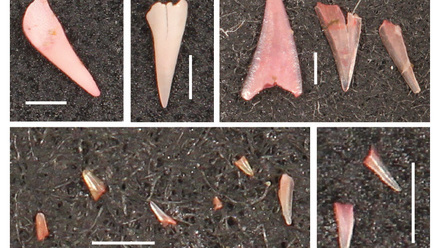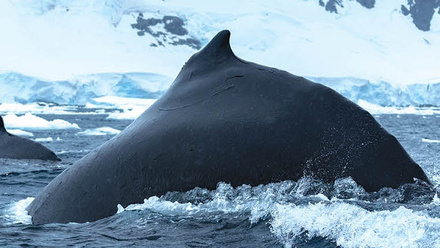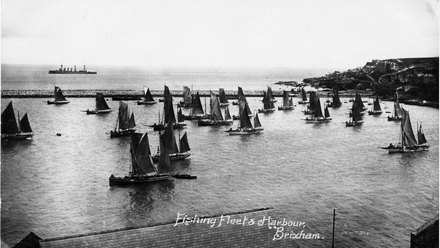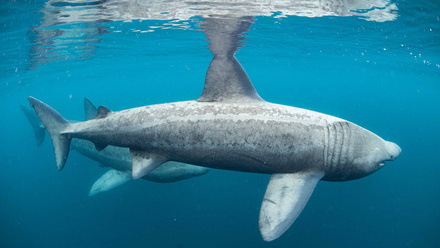Big, Blue and Beautiful
Water covers nearly 71 percent of Earth and over 97% of the habitable ‘living space’ on our planet, yet we know more about distant stars and deep dark space than we do about the deep blue ocean. We understand why it’s important to reach for the stars, to look at ourselves in perspective of the universe, ask big questions such as where did we come from, how is it that we’re here in this blue speck in space, and where are we going? And we’ve devoted a great amount of time and resources to moving forward, but meanwhile we’ve neglected understanding how this part of the solar system – our home – the heart of our life support system – how this really functions.
Ocean exploration and the need to better connect people to the ocean’s plight are critical to better understanding, better valuing, and better protecting the planetary systems that support us. Knowing is the fundamental basis for doing, and the need is as never before to dive below the surface of the sea to see, to realise, and to understand the significance of our actions, or to be more precise, the significant scale of current inactions and the consequences they hold for all of us. It’s like trying to understand your own body – is it good enough to only look at the skin? Don’t we have to delve in and understand how the heart works or the lungs or circulatory system, or do we just take that for granted?
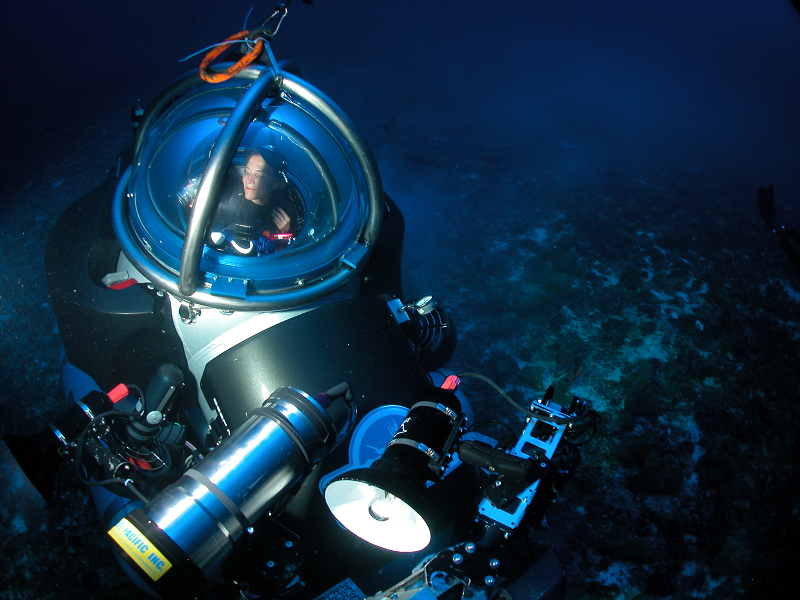
(Image: Tim Taylor)
It is incredible to think that whilst we humans have the ability sometimes to act in wise and wonderful ways, we are really still under the impression that the ocean is so big, so vast and so resilient that humans do not have the capacity to harm it — and if we do, that it doesn’t matter. We look at the scale and how unchanging the ocean seems to be and assume it can all take care of itself, and that it is really not something we should worry about – it might be an issue for future generations but not for us! What has become increasingly clear, though, is our ability to really undermine the way the ocean works by what we take out and by what we put in. This is not something for tomorrow, it is what is happening today and that is being measured, studied and catalogued by marine scientists throughout the world.
People ask – what is the biggest threat to the ocean? Overfishing, pollution, climate change or ocean acidification are all usually mentioned. But by far and away the biggest threat to the ocean is ignorance – our ignorance of what is happening, and why and how this matters. It’s a lack of understanding that what we put in and take out matters — not just to the ocean, but matters to all of us. The ocean cannot be regarded as the planet’s ultimate dumpster or the ultimate place to get free food. It is our life support system, and not being aware of the importance of the ocean to every breath we take, every drop of water we drink, to a benign envelope of conditions that make the planet work — that’s the biggest threat. Not knowing that it matters.
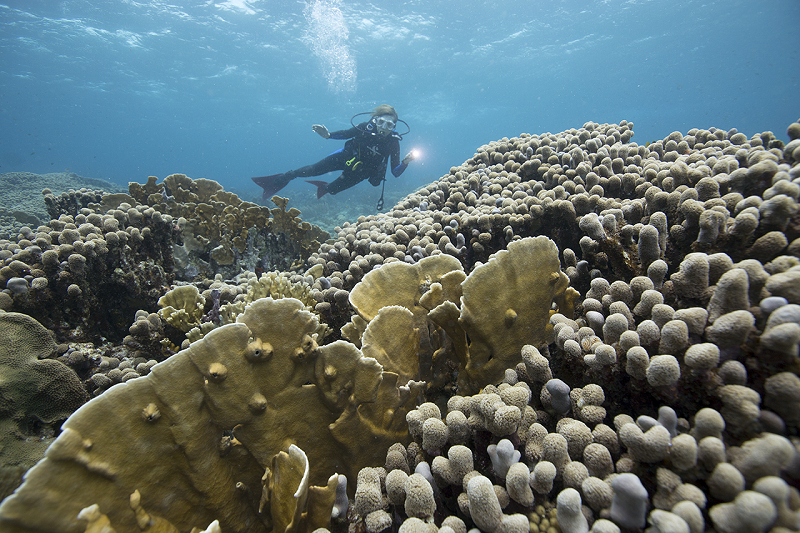
Scuba diving in Curacao. (Image: Stephen Frink.)
By exploring the ocean we now understand better than ever before the consequences of what is happening. In a sense we now realise that we are sleepwalking ourselves into a nightmare. This is because changes are so slow but progressive, and at some point occur to a level when we finally do sit up and take notice. Often it is at a point that is too late given progressive changes, and is inherently linked to how much we spend on knowing what is happening. The ocean is difficult to study, much more so than dry land, but really there are no short cuts to gaining knowledge. The advent of SCUBA diving in the 1950s set up the current generation with new tools to explore the shallowest margins of our watery world, and an explosion of knowledge followed. But what of the deep ocean? Our temptation is to turn to machines as we have done in most aspects of our daily lives. But are machines good enough to take our place? James Cameron - one of only two people alive today who has travelled to the deepest part of the ocean – believes (as do the authors), that a human heart lies at the center of ocean science. It is therefore much more than unfortunate that just as we reach an era when we have the analytical powers to start to make sense of how our planet works we see a draw back in funding on manned exploration of the ocean. Recent actions have saved NOAA's Aquarius underwater laboratory, located off Key Largo, Florida, so at least we have somewhere where we can live for a while immersed in the ocean, but the number of countries with submarine research capabilities continues to shrink. With the vast majority of the ocean yet to be discovered this is a mistake, and the hopes are that private donors will step forward to balance out the loss of government funding for underwater exploration because it is mission critical to somehow keep it going.
What we do now know with the information we have managed to gather to date is that the blue heart of the planet is in danger of malfunctioning because of actions we’ve taken in recent years. It’s partly because there are now over seven billion of us. The value of seeing beneath the ocean surface is immense. We are now impacting every part of the blue planet, from polar areas to the deep sea, and we’re exploiting the deep sea even before we have explored it. We don’t even know the names of the creatures that are now being dragged from the ocean to provide animal food and food for us, too. What we do know is very worrying to an increasing number of people – not perhaps because they care for a particular ecosystem or species, but because we are beginning to realise how linked our wellbeing is to the wellbeing of the ocean. We now know that about half of the world’s coral reefs are either gone or in a serious state of decline, as compared to where they were in the middle of the 20th century. Ninety percent of many of the big fish that we consume are gone – tunas, swordfish, sharks, halibut, groupers, snappers, down to about ten percent of what they were 50 years ago. And we are changing the very chemistry of the blue part of our world that sets us apart from any other place we have so far discovered in the universe. Excessive carbon dioxide emissions from our activities are not just changing the climate, they are driving the balance of the ocean waters towards more acidic conditions with as yet unclear but likely significant consequences for some marine life.
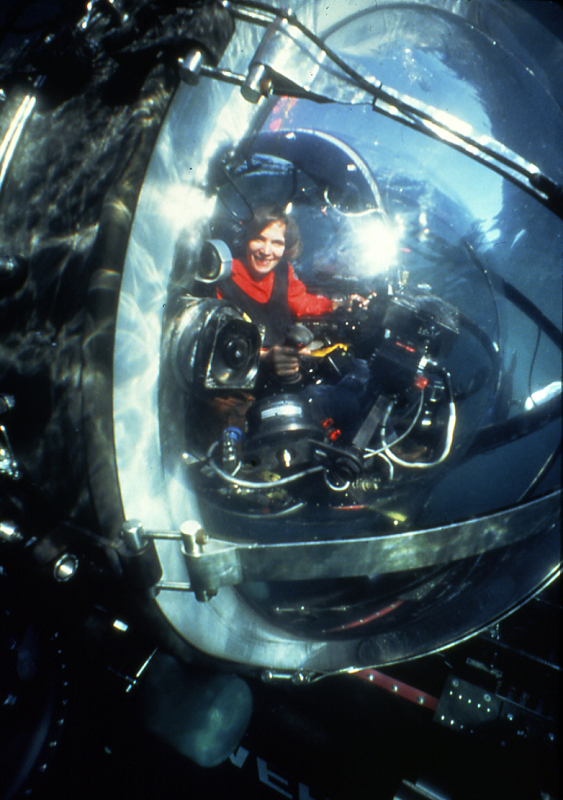
Sylvia Earle in the Deep Rover submersible, 1,000 meter record dive 1986. (Image: Courtesy of Sylvia A. Earle.)
The impacts of these and many other effects will be felt by communities around the world – not just those in coastal dependent communities but, with our superfast and super-efficient supply systems, people inland who are very remote from the ocean. It matters because we blindly rely on the ocean providing and yet we are degrading the blue heart of the planet that keeps our world habitable. Even the smallest items play a role, though most people would never give them a passing thought. Plankton drive the oxygen cycle, and we are all the beneficiaries of what those little green and blue-green creatures in the ocean do. About 70 percent of the oxygen in the atmosphere comes from these photosynthetic organisms in the sea. Mangroves, saltmarshes, sea grass meadows, kelp forests — they’re all being depleted at a shocking rate and yet until recently have been overlooked as carbon rich habitats, their importance finally being recognised alongside similar values we have long attached to forests and peatlands.
We forget in the hustle and bustle of our daily lives that we are eating resources that have ‘grown in history’. Life in the deep ocean goes slower and species can live for much longer than we can easily relate to. Orange roughy, for example, is a deep sea fish that is taken from 2000 feet and more beneath the surface. Most people don’t have any idea what an orange roughy looks like because by the time it gets to the market, all you see is a little filet. That little filet may be two centuries old.
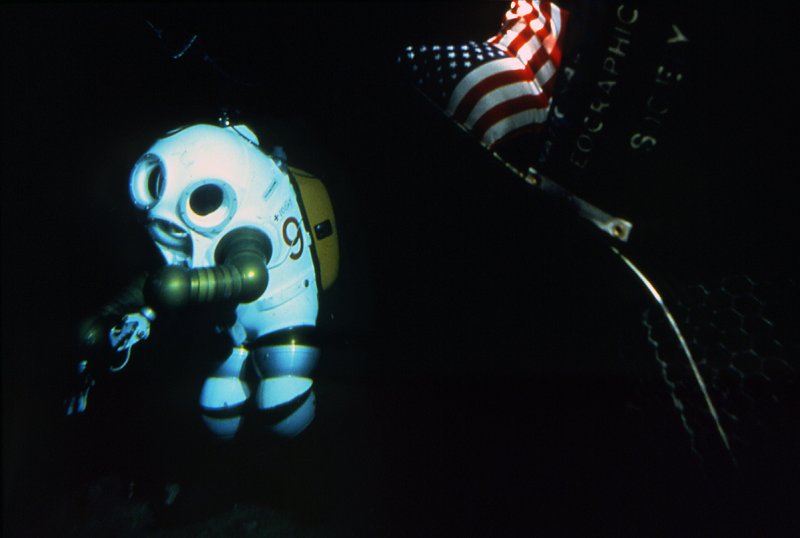
Technology allows people to venture into the deep ocean. Sylvia Earle in the Jim suit at 380 metres off Oahu, Hawaii. (Image: Courtesy of Sylvia A. Earle.)
What we are doing to the ocean is like stripping the land of all the lions and tigers and leopard and bears and wolves and eagles and owls. Because most of what we take from the sea are from the top of the food chain. Not the grazers and not the producers, or the plants. Would you eat songbirds? Would you consume eagles, owls, snow leopards, elephants, tigers, lions? That’s the equivalent of what we find in our supermarkets and on our menus from the ocean. It’s wildlife. And for the most part, they’re not grazers; they’re high on the food chain. They’re carnivores. What we raise on farms, on the land, they’re all grazers. They’re all plant eaters. And the conversion of sunlight through plants to protein is a very short route. And they’re young – in our ‘terrestrial’ lives we are used to taking everything to market as quickly as possible, within a year. We don’t raise ten year old cows or 30 year old chicken or 100 year old sheep. And yet, we’ll eat 100 year old deep sea fish without blinking an eye, mostly because we don’t know they’re 100 years old.
We need to reset how we connect people to the ocean to have a population better informed of what is at stake and what we can do. We can encourage ocean issues to be taught at school and encourage more people to get interested in the ocean. But those will always be limited routes, so connecting all of us in our modern-day lives to ocean issues has never been more important. Our work to create a new digital ocean on Google Earth has now benefitted over a seventh of the planet’s population with a new perspective on the seas. With new steps we are taking this will reach dramatically more people once ocean issues and how we are already protecting it through Marine Protected Areas appear routinely on Google Maps. The concept of ‘hope spots’ – places in the ocean that have yet to be protected – shows not just the scale of inaction but also hope for how we might move forwards quickly.
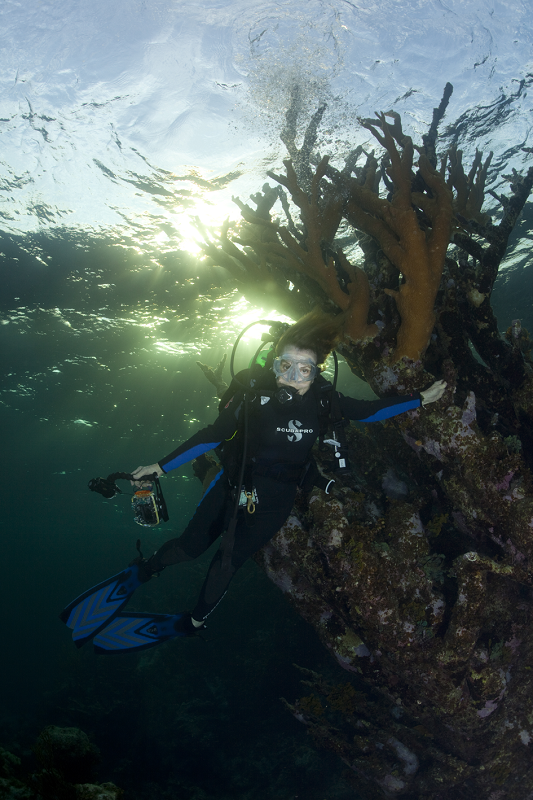
Elkhorn coral. (Image: Kip Evans.)
Mobilising – literally – how people can interact with ocean issues is driving new forms of technology based around apps for mobile phone and tablets. Soon the vision of the public being able to contribute observations from their mobile devices straight to experts living elsewhere on the planet will become a reality. Imagine being able to not only marvel with your children at the discovery of say a seahorse on the seashore, but then to contribute that observation to help map and determine the status of species. Such ‘crowd sourcing’ should help revolutionise and accelerate our understanding of the health and wellbeing of marine species around the world.
Through these and other communication and education routes we can start to make headway on resetting the story and dispelling myths. When we think of how we use the ocean, for example, raising carnivores such as salmon simply doesn’t make sense. It takes a lot of wild fish to feed salmon. And in the process, all the things that the small fish have been eating get concentrated up the food chain when they’re fed to salmon. Your doctor says eat fish, but think about it. For omega 3s, we should be cultivating and consuming plankton. Fish don’t manufacture omega 3s, they acquire it from the plankton.
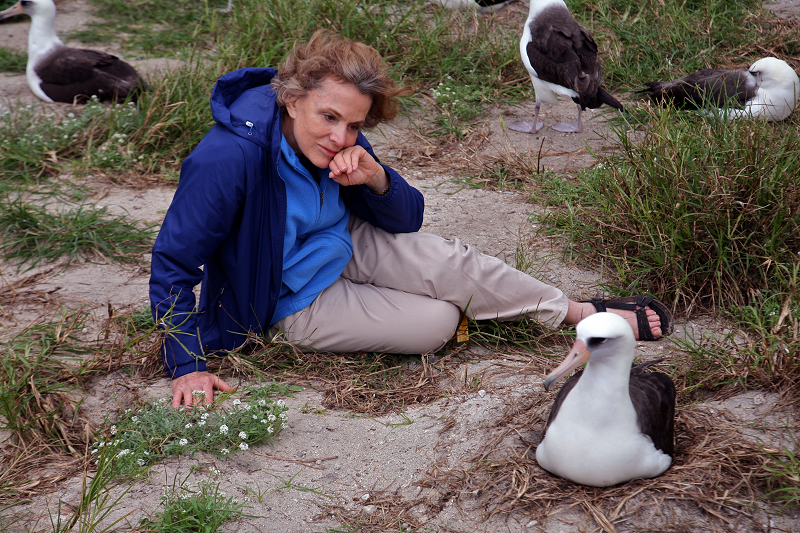
Sylvia Earle with Wisdom. At 63, this Laysan albatross is the world’s oldest known bird in the wild. (Image: Susan Middleton.)
So we must redouble efforts. Onward and downward. Let’s make it our mission to go deeper, stay longer, and explore more of the ocean. The world needs to be re-sensitized, just as in the 1950s and 1960s, to explore and go do it. Now we understand that life exists from the surface to the greatest depths. And now we know that our lives depend on the ocean, and the creatures that live there. It is our life support system. It is a shocking truth but for every pound that goes to land conservation, birds, freshwater, whatever it is, the terrestrial parts of the planet, a penny goes for ocean protection. And that’s a reflection of the attitudes people have. They understand that the forests and the rivers and the lakes are in trouble – and they are – so we shouldn’t take a penny away from protecting the land. We need much more devotion to both land and sea. We need to realize this is not a luxury. This is not an option. This is critical to our health and to our survival. We need to take seriously the importance of caring for the natural systems that take care of us.


